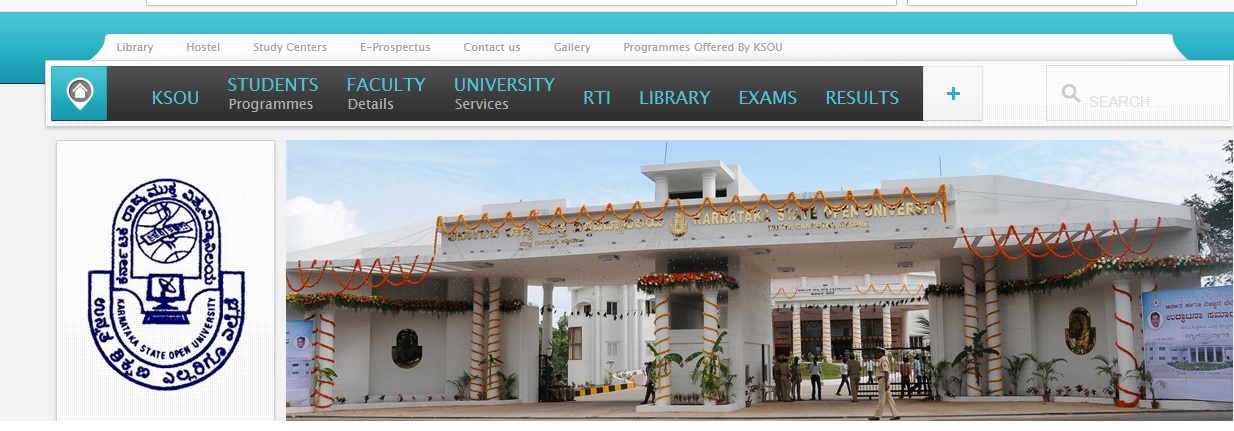Karnataka State Open University Diploma in Statistical Process Control Sample Question Paper : karnatakastateopenuniversity.in
Organisation : Karnataka state open university
Exam : 1st Semester
Document Type : Sample Question Paper
Category or Subject : Diploma in Statistical Process Control
Website : http://karnatakastateopenuniversity.in
Download Sample Question Paper :
DSP 11 (O) : https://www.pdfquestion.in/uploads/9461-DSP-11.pdf
DSP 12 (O) : https://www.pdfquestion.in/uploads/9461-DSP12.pdf
DSP 13 (O) : https://www.pdfquestion.in/uploads/9461-DSP-13.pdf
DSP 14 (O) : https://www.pdfquestion.in/uploads/9461-DSP-14.pdf
DSP Control Sample Question Paper
Descriptive Statistics
Max. Marks : 90
Time : 3 Hours
Related : Karnataka State Open University Engineering Mechanics Lab DCE Question Paper : www.pdfquestion.in/2870.html
Section – I :
Answer any 2 questions and each question carries 15 marks :
1. Define statistics. Give the broad classification of statistical data with explanation and example if needed.
2. Explain :
a) How to draw stem and leaf diagram ?
b) How to construct boxplot ? What do you mean by outliers ?
c) What do you mean by cumulative frequencies explain (i) less than method (ii) more than method.
3. Define (i) Arithmetic mean (ii) Geometric mean (iii) Harmonic mean (iv) Median (v) Mode, and write down the advantages and disadvantages of median and mode.
4. Define (a) Scatter plot (b) Linear regression.

Section – II :
Answer any 4 questions and each question carries 10 marks :
5. Distinguish between :
a) Nominal and ordinal
b) Qualitative and quantitative
c) Discrete and continuous
d) Primary and secondary
6. Explain the meaning of classification and tabulation and its necessity.
7. Define relative frequency. How is frequency table constructed ?
8. Define all measures of location.
9. When and how is relative frequency table formed ?
10. Distinguish between the bivariate table and contingency table.
11. Point out the differences in the process of tabulation of qualitative and quantitative data.
12. Explain the requisites of a good table.
Section – III :
Answer any 4 questions and each question carries 5 marks :
13. Explain the relationship between mean, median and mode.
14. Explain weighted arithmetic mean.
15. Explain the formula for computing the regression co-efficients.
16. Write a note on scatter diagrams.
17. What are principles of least squares ?
18. Explain the purpose of classification.
19. Explain the method of constructing histogram.
20. Write a note on pie-chart
Operating Systems :
Set-1 :
Part – A (1×15=15) :
1. Define operating system.
2. What is process scheduling ?
3. Define swapping.
4. Define deadlock.
5. Define semaphore.
6. Define paging.
7. Define segmentation.
8. Define thrashing.
9. Define demand paging.
10. Explain single contiguous allocation.
11. Explain best fit, worst fit methods of allocation.
12. Define fragmentation.
13. Differentiate between internal and external fragmentation.
14. What are main functions of operating system ?
15. Define real time system and time sharing system.
Part – B (5×12=60) :
16. Define various process scheduling algorithm.
OR
What is a deadlock ? Explain the various methods to prevent deadlock.
17. What is paging ? Give mechanism to implement paging.
OR
What is segmentation ? Give mechanism to implement segmentation.
18. What is disk scheduling ? Give various disk scheduling algorithms.
OR
What is page replacement ? Give various page replacement algorithms.
19. Explain various mechanisms to avoid deadlock in a system.
OR
Give various reasons why deadlock occurs in a system.
20. Write notes on following :
e) Polling
f) Spooling
g) Multi User System
h) Buffering.
OR
Compare Unix and Windows operating system with their advantages and disadvantages.
Set-2 :
Part – A :
Answer all questions : (15×1=15)
1. Define OS.
2. What is the purpose of system call ?
3. Define Process Control Block.
4. What is Inter Process Communication ?
5. Define Semaphores.
6. Is it possible to have a deadlock involving only one single process ?
7. Define critical section.
8. Define file sharing.
9. How many frames are needed for each page ?
10. Define resources sharing.
11. Expand the terms :
i) FCFS and
ii) FIFO.
12. What is the purpose of free space list ?
13. Give any three features of Linux.
14. State the difference between who and who am i Command.
15. What is a shell script ?
Part – B :
Answer all questions : (5×12=60)
16. A) 1) Explain the functions of Operating Systems.
2) Explain the characteristics of the following operating systems.
i) Batch Processing Systems and
ii) Time Sharing Systems.
OR
B) Consider the following set of processes, with the length of the processing time given in milliseconds.The processes are assumed to have arrived in the order P1, P2, P3, P4, P5 all at time 0.
a) Draw four Gant charts illustrating the execution of these processes using FCFS, SJF, a non-priority (a smaller priority number implies at higher priority), and RR (quantum = 1) scheduling.
b) What is the turnaround time of each process for each of the scheduling algorithms in part (a) ?
c) What is the waiting time of each process for each of the scheduling algorithms in part (a) ?
d) Which of the schedules in part (a) results in the minimal average waiting time (over all processes) ?